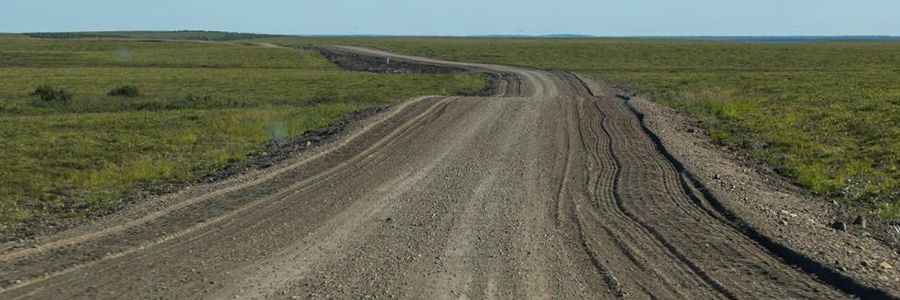The Ultimate Guide to Traveling the Inuvik-Tuktoyaktuk Highway
Located in the Inuvik Region of the Northwest Territories in Canada, Highway 10, commonly known as the Inuvik-Tuktoyaktuk Highway (or ITH), is a vital road linking Inuvik and Tuktoyaktuk.

Is there a road from Inuvik to Tuktoyaktuk?
It’s said to be the first all-weather road to reach Canada's Arctic Coast. The Northwest Territories Highway 10 is 138 km (86 mi) long. It starts at the Dempster Highway's termination in Inuvik and ends at the Arctic Ocean in the hamlet of Tuktoyaktuk, located in the Inuvik Region.
When was the Inuvik-Tuktoyaktuk Highway built?
Though the idea of constructing a highway had been deliberated for several decades, the project was approved in 2013. Construction started in 2014, and by November 15, 2017, the road was officially inaugurated for public use. The ITH's development has granted Tuktoyaktuk and the Arctic Coast year-round vehicular accessibility.
How long does it take to drive to Tuktoyaktuk from Inuvik?
Depending on road conditions, plan about 2-3 hour drive to drive the road. The experience of this journey is unique in winter as opposed to summer. Although its northernmost point is at 69°27’, making it fall short of Alaska's Dalton Highway in terms of northern reach, the ITH stands out as North America's only highway offering direct road access to the Arctic Ocean. Public access beyond Deadhorse, in Alaska, on the Dalton Highway is restricted. Furthermore, the ITH has replaced the former Tuktoyaktuk Winter Road.
How to get ready to drive the ITH?
The road is entirely unpaved, it crosses eight bridges, and provides stunning views. Due its location, remember to plan accordingly the trip. Given the sparse facilities along the highway, be proactive. Equip yourself with essentials like a full-sized spare tire, additional water, and gas. Traffic is generally light, emphasizing the need for self-sufficiency. For winter trips, equip your vehicle with essentials like a shovel. Also, pack a stove, matches, emergency snacks, and a sleeping bag. Ensure you're dressed adequately for freezing conditions. Cellular connectivity is unavailable on most of the road.
Pic: http://ith.dot.gov.nt.ca/about-project#expanded